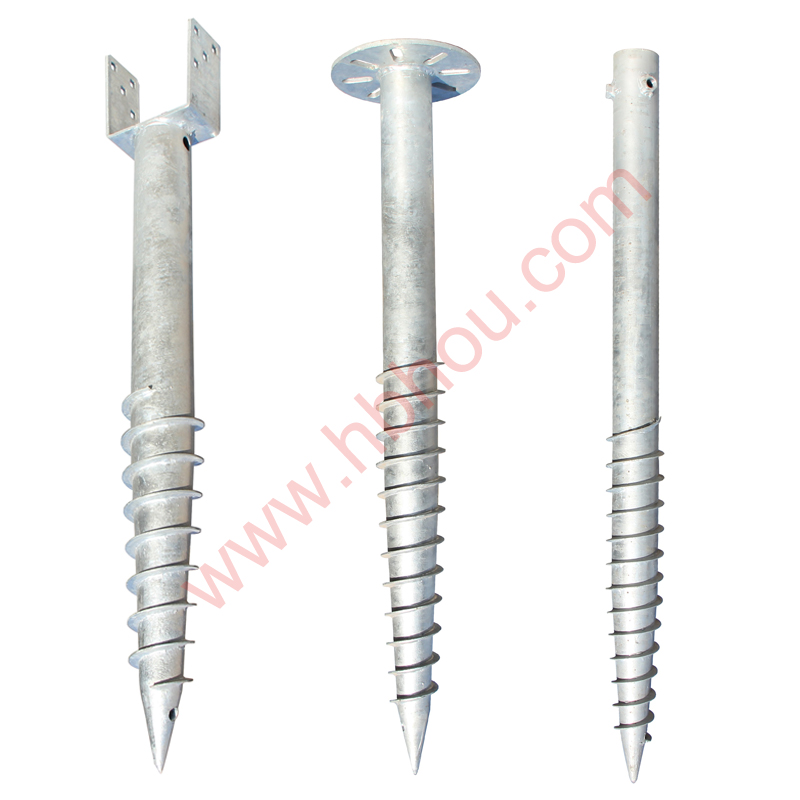Wired Construction The Future of Smart Buildings
In an era where technology is seamlessly integrated into every aspect of our lives, the construction industry is undergoing a significant transformation. This evolution is largely characterized by the advent of wired construction, a paradigm shift that is redefining how buildings are designed, constructed, and experienced. Wired construction harnesses the power of smart technology to create buildings that are not only efficient but also environmentally sustainable, safe, and user-friendly.
Understanding Wired Construction
At its core, wired construction refers to the integration of advanced technology and intelligent systems into the building process. This involves the incorporation of sensors, Internet of Things (IoT) devices, and sophisticated automation systems. These technologies work together to enhance building performance, improve energy efficiency, and optimize the overall user experience.
Wired construction starts with the design phase. Architects and engineers leverage Building Information Modeling (BIM) software to create detailed digital representations of structures, allowing for better visualization, planning, and management. This technology facilitates collaboration among various stakeholders, including architects, engineers, and contractors, ensuring that everyone is on the same page before the physical construction begins.
Smart Buildings The Heart of Wired Construction
The true essence of wired construction lies in creating smart buildings. These structures are equipped with a range of interconnected systems that enhance functionality. For example, smart lighting systems can automatically adjust based on the time of day or occupancy, reducing energy consumption. Advanced HVAC systems can analyze real-time data to optimize heating, cooling, and ventilation, leading to improved comfort and reduced utility costs.
Moreover, wired construction incorporates safety features that utilize technology to protect inhabitants. Surveillance cameras, fire alarms, and emergency response systems can be integrated into a single platform, allowing for real-time monitoring and swift response in emergencies. For instance, in the event of a fire, smart systems can automatically alert emergency services while guiding occupants to safety.
Sustainability Through Technology
wired construction

One of the most significant advantages of wired construction is its potential to promote sustainability. The integration of smart technologies enables buildings to monitor and manage their energy use more effectively. Energy-efficient appliances and systems can be programmed to minimize energy waste, while data analytics provide insights into consumption patterns, allowing facility managers to make informed decisions about energy management.
Additionally, wired construction encompasses the use of sustainable materials and practices. The construction industry is increasingly adopting green building standards, such as LEED (Leadership in Energy and Environmental Design), which emphasize using renewable resources, optimizing energy performance, and minimizing waste. With wired construction, these principles are enhanced through advanced tracking and monitoring systems that ensure compliance and promote continuous improvement.
Challenges and Considerations
While the benefits of wired construction are substantial, there are challenges that must be addressed. The integration of technology into construction can lead to increased upfront costs. However, many experts argue that these expenses are offset by long-term savings in energy and maintenance.
Another concern is the cybersecurity of connected systems. As buildings become more automated and interconnected, the risk of cyberattacks increases. Therefore, it is crucial for builders and facility managers to implement robust security measures to protect sensitive data and systems from potential threats.
The Future of Wired Construction
As we move forward, the wired construction trend is expected to gain momentum. The growing emphasis on smart cities and sustainable living will drive the demand for intelligent buildings. Technological advancements, such as artificial intelligence, machine learning, and 5G connectivity, will further enhance the capabilities of wired construction, paving the way for even smarter and more efficient buildings.
In conclusion, wired construction represents a significant leap forward for the construction industry. By embracing technology, the industry can create buildings that are not only functional but also sustainable and safe. As this trend continues to evolve, it will reshape our urban environments, improving the quality of life for residents and contributing to a more sustainable future. The fusion of construction with cutting-edge technology is not just a trend; it's the blueprint for the cities of tomorrow.
















